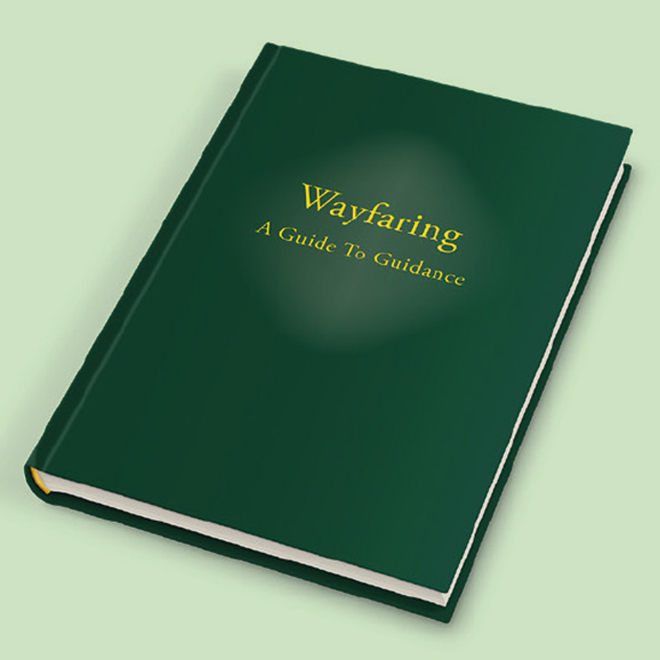Dylan Thomas' boat house, Laugharne. Photo: Photo: Kevin Latham / flickr CC.
Dylan Thomas: A compassion for mankind
Stevie Krayer writes about Dylan Thomas’s Quaker connections
The most unworldly Quaker in Wales could scarcely have failed to register that 2014 is the centenary of the birth of a much-mocked, much-misrepresented and much-adored Welsh poet – Dylan Thomas.
